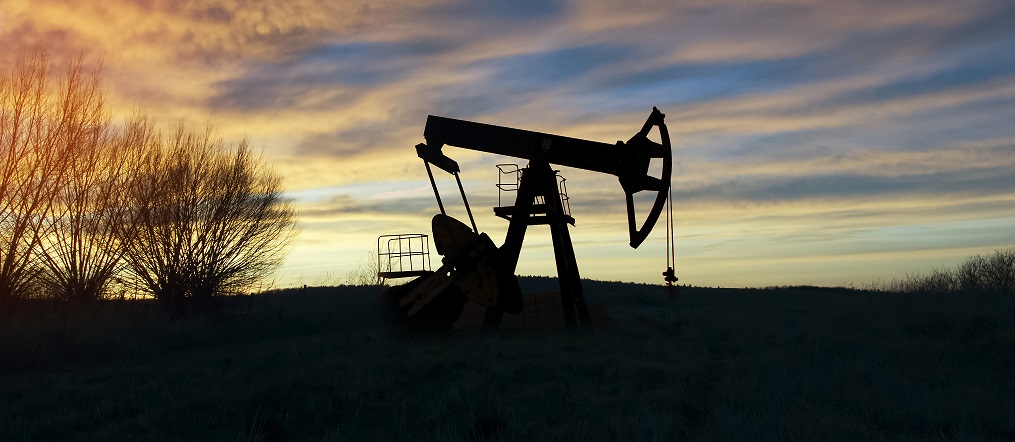Introduction
The oil and gas industry has seen rapid adoption of technology and digital initiatives over the last four decades. Digital technologies are now helping oil and gas companies reach the next level in making operations more efficient, productive, and secure. Setting up an efficient Incident Management/Reporting System is vital for RIG operations to be carried out safely with a clear set of processes defined to handle any eventuality and thereby protecting the employees and the environment.
An incident management system can organize different teams, departments, and leaders so that an efficient response is taken to manage an incident. It can be used to proactively find potential incident situations and come up with remediation plans, as well as to coordinate the follow-ups.
Incidents during Rig operations
Incidents can happen anytime without any warning and will require immediate action by the Rig crew and any other rescue team. Some of the main causes of incidents are equipment failure, asset damage, downtime, human error and negligence, weather-related incidents, other natural calamities, and slips/trips/falls. Incidents whether major or minor can occur at any stage such as during production operations, drilling, well completion, and during welding operations.
Major incidents at Rig locations are rare but still possible. However, in case an incident occurs, it may need an extensive effort by various organizations, government bodies, and subject matter experts to set up a well-coordinated response and rescue mission.
Incidents continue to happen even after elaborate planning and learnings from the past. Some of the more recent, 21st-century incidents that have occurred include the Gulf of Mexico oil rig explosion of 2015, Bombay high fire in 2005, and the explosion at the P-36 offshore production platform in Brazil.
Digital Solutions of Incident Management
Deploying robust and scalable incident management or incident reporting system is essential in handling the challenges and unforeseen threats brought by these incidents. Such a system can ensure a systematic and effective response for any incident. It will also help in planning for a future course of correcting actions that will minimize the chance of a similar incident happening again. This is done through the implementation of a CAPA (Corrective and Preventive Action) plan which increases accountability, improves investigation, and reduces the chances of incidents getting repeated. There is abundant scope for the use of artificial intelligence and predictive models to process past data and successfully identify root causes, deviations to any standard procedure, and much more.
Pega-enabled Solutions
Implementation
Evoke Technologies recently implemented a comprehensive Rig Management system that provides a single platform for reporting incidents, Investigation, Corrective Action Tracking (CAPA), Management of Change and Audits/Inspections, and multiple other functionalities.
A typical incident case is executed as a customer journey or case type in Pega with the following steps.

The customer journey is designed to support multiple types of RIG incidents such as:
- Injury/Illness
- Environmental
- Dropped Objects and Asset Damage
- Equipment Failure
- Downtime
- Site Security
The entire workflow was implemented with all the required out-of-the-box functionalities, such as service level agreements, notifications, approval matrices, and much more. A Corrective Action Preventive Action (CAPA) process was also implemented for taking corrective action and preventing any future recurrence of the incident.
Subsequently multiple other modules have been added to the implementation to make it a comprehensive RIG management application. Some of these modules are:
- Onboarding of new RIG operators which includes recording all the required information – personnel and RIG specific, shift details, etc.
- Crew Change Process including management of the crew, adding new personnel as well as the crew change process.
- Auditing and Inspection – checklist preparations and a structured multi-level auditing process.
DevOps
A couple of technical challenges were encountered after the successful deployment of application at around 70 remote Rigs. Firstly, there was very limited internet connectivity available at the rig sites, making it difficult to provide real-time updates to customer headquarters. Secondly, deploying code for a very tedious process – it had to be done at each of the RIG servers manually.
Evokes Technologies’ Pega Center of excellence took up the challenge to successfully deploy a custom Jenkins-based automation process for code deployments. Similarly, a DB sync up process was set up to keep the headquarter server in sync with the data from all the remote rigs.
To learn more about the Digital Solution for safety and productivity in oil & gas by Evoke Technologies, please download this file.
Conclusion
Organizations across the oil and gas industry put sustained efforts in minimizing incidents at RIG locations. However, when incidents do occur, they require an effective incident response plan that should be executed by trained professionals. An incident management reporting system plays a big role when such a situation arises – not only by ensuring a coordinated response at the time of the incident but also to prevent future incidents by using artificial intelligence and predictive models.
Pega platform with its in-built AI capabilities is once such platform that can be effectively used at remote Rig locations, define and execute required industry processes and also utilize data to predict and anticipate incidents and other operational risks.





